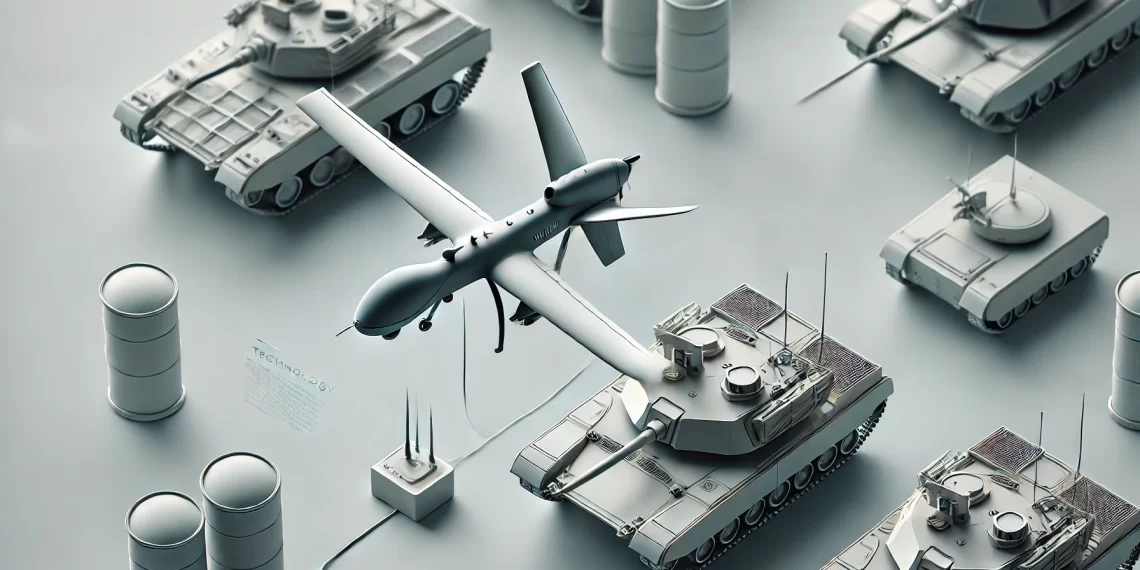A revolutionary breakthrough in lithium-ion battery technology has emerged, promising ultrafast recharge times that could reshape industries ranging from electric vehicles (EVs) to military operations. Researchers have developed a method that allows these batteries to charge over 80% of their capacity in just nine minutes. While this achievement is impressive on its own, the potential applications stretch far beyond the civilian market.
The research team behind the development utilized electrocatalysis—a process traditionally limited to liquid and gas interfaces—to accelerate solid-state reactions within the battery. By doping the battery’s electrodes with boron and sulfur, they drastically reduced the activation energy required during charging, enabling unprecedented recharge speeds. This process is designed to work efficiently at a critical doping concentration of around 1 atom percent, allowing for improved redox kinetics and significantly enhancing battery performance.
In the realm of electric vehicles, this technology could eliminate one of the major bottlenecks: long recharging times. The ability to recharge an EV battery to 80% in less than 10 minutes would represent a monumental shift in the automotive industry, making electric cars even more viable for mass adoption. However, the more immediate and transformative impact may come from the defense and security sectors, where speed and operational readiness are critical.
One of the most exciting potential applications involves unmanned aerial vehicles (UAVs) or drones. Consider a scenario where aerial drones are deployed in a “protect” mission over stationary sites or forward-deployed troops in a conflict zone. These drones could loiter for extended periods, and when their batteries run low, they could cycle down to recharge at mobile generator stands or directly off tanks equipped with battery charging systems. In as little as 10-15 minutes, the drones could be back in the air, providing nearly continuous surveillance, reconnaissance, or counter-UAS protection.
This concept envisions a “cloud” of drones hovering above critical assets, such as military tanks or forward operating bases, ready to respond to any threats. These drones could mount on the sides of tanks or other vehicles and be deployed in coordinated formations when needed. The beauty of this approach lies in the effectively limitless flight time of the UAVs, as long as they can continuously recharge from their host vehicles.
By drastically cutting recharging times, military forces could maintain a persistent aerial presence over strategic locations without the need for costly and time-consuming equipment rotations. This capability is not only a game-changer for tactical operations but could also increase the overall efficiency and sustainability of future warfare strategies, particularly in contested environments where rapid response and flexibility are crucial.
Moreover, the use of this breakthrough battery technology could extend to humanitarian and disaster relief missions. UAVs could be deployed in disaster zones, recharging quickly at mobile bases or vehicles, and returning to provide crucial surveillance, supply drops, or communication relays. This would vastly improve the effectiveness of relief efforts, allowing drones to stay airborne longer without extensive downtime for charging.
In military and civilian contexts alike, this breakthrough could redefine the operational capabilities of UAVs and electric vehicles. By leveraging this ultrafast charging technology, industries can respond faster, deploy more flexibly, and reduce the constraints that have historically hampered battery-dependent operations. This innovation represents a significant step forward in the race toward more efficient, reliable, and rapid energy solutions that meet the evolving demands of modern technology and warfare.
The real-world applications of this breakthrough are profound, particularly for military strategy and energy infrastructure. A more efficient, faster-charging battery not only increases the operational tempo but also strengthens U.S. technological dominance. As these advancements continue to evolve, they will reshape the future of energy storage, not just for civilian electric vehicles but for the defense industry and beyond.








